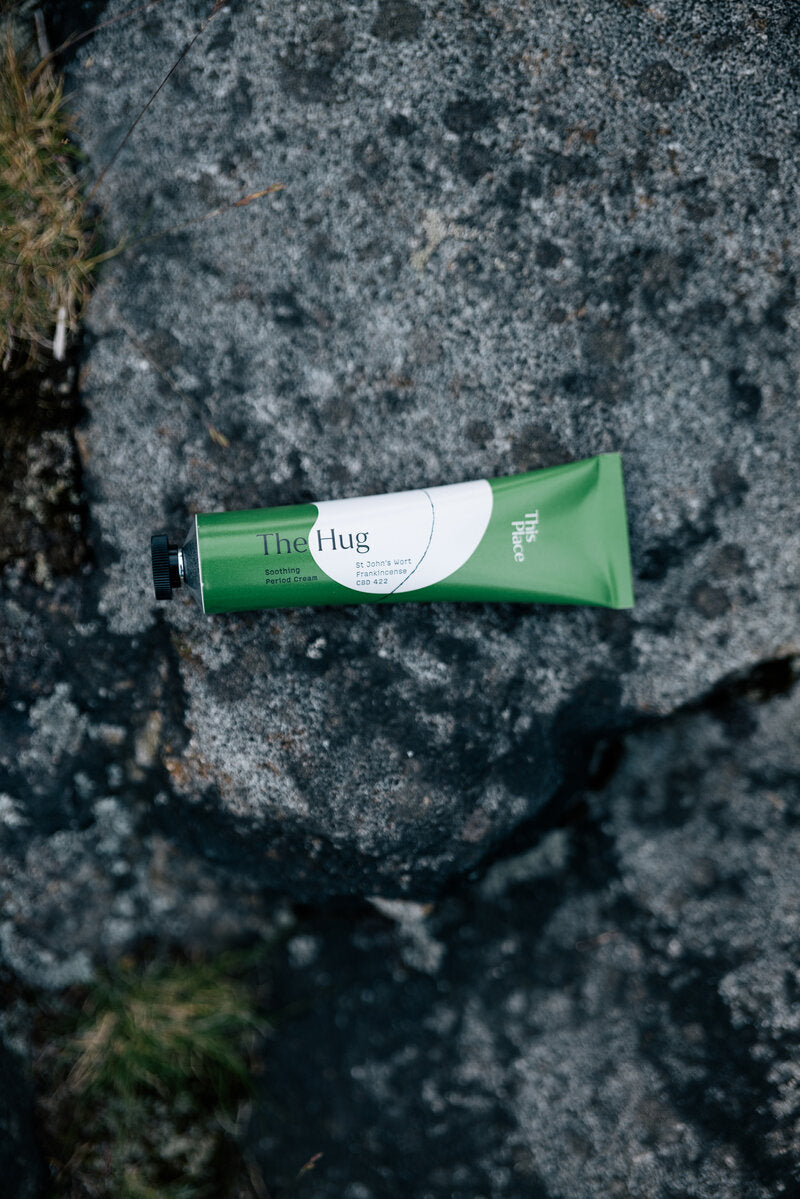At a glance: The moon and your menstrual cycle |
Over the last few centuries, we have largely abandoned nature’s clock — or at least we think we have. Instead of relying upon the sun, stars and the seasons, we primarily define our time through work, in terms of working hours, weekends and, of course, deadlines.
Seldom do we still go about abiding by nature’s rhythms in our daily lives, except when it comes to our menstrual cycle . Almost viscerally, our period can guide us into a natural 28-day rhythm — much like the lunar cycle, which lasts an average of 29.5 days. Coincidence or not?
The question of whether or not there’s an actual connection between the lunar cycle and menstrual cycle has engrossed scientists for decades. Is the answer really more complex than we thought?
Studies on the relationship between the moon and menstruation
A study on 312 women published in 1980 found that women with both lunar periods (29.5 days) and irregular periods tended to ovulate during the dark phase of the lunar moon — in other words, from the half-cycle of the last quarter to the new moon in the first quarter [1]. Yet another study among 800 women from a couple years later observed that instead of ovulations, it was a large proportion of the menstrations that occurred in the dark phase of the moon [2].
However, a handful of studies that followed, including ones that evaluated period tracking data through an app, could not find a connection between menstrual cycles and the different phases of the moon [3] [4].
That said, the tide seems to have turned once again on this matter: In a January 2021 study, researchers examined data from 22 women who had recorded their menstrual periods over the course of 15 years on average — longer than any of the other previous studies had done. The results demonstrated that ‘women’s menstrual cycles with a period longer than 27 days were intermittently synchronous with the Moon’s luminance and/or gravimetric cycles’ [5].
How can it be that there are so many different answers to one simple question between us and the moon?
Menstruation, moon and other factors
The authors of that long-term study argued that menstrual cycles can shift over the course of a woman’s lifetime and become more irregular, which might be why potential correlations across previous short-term mass studies could have canceled each other out.
Indeed, the research team noted that menstruation tended to synchronise with the moon more often in women under 35 than it did among women 35 and older [5].
They also hypothesised that menstruation and reproductive behavior might have been more closely linked to the moon in ancient times but that modern lifestyles shifted the body’s rhythm. Above all, they point out artificial light exposure, as opposed to moonlight, as a potential factor in the disruption.
For example, they observed that night owls who had been exposed to a lot of artificial light before going to bed tended to have shorter periods that were less in sync with the moon [5].
The white moon and red moon cycles
Apart from science, the terms ‘red moon cycle’ and ‘white moon cycle’ sometimes come up in circulating theories about menstrual and lunar cycles.
The white moon cycle refers to when menstruation occurs during the new moon and ovulation occurs during the full moon, whereas the red moon cycle indicates bleeding in the brighter moon phase and ovulation at new moon.
Those of us whose menstrual cycle follows the white moon cycle, in which our most active phase, ovulation occurs during the full moon, are said to be experiencing a chapter of life in which much of our day-to-day revolves around care. Perhaps this means taking more care of ourselves or devoting more energy to family or work.
On the other hand, those of us whose menstrual cycle follows the red moon cycle, in which ovulation occurs during the darkest phase of the moon, might be taking a walk on the wild side and craving more adventure. That could mean focussing on the outside world and branching out for new experiences.
Alternating between these two cycles is also possible as well. It could be that our bodies go through transitional phases before shifting from one moon cycle to the other.
Let your cycle help you rediscover your own rhythm
There could be a variety of factors that influence our periods — and vice versa. There’s no reason to completely rule out a connection between the lunar cycle and the menstrual cycle. According to the studies mentioned here, the link could certainly have something to do with age and sleeping habits as well.
In addition, such a connection might only occur in phases. After all, issues like stress, for example, can temporarily postpone one’s menstrual cycle and should be taken into account.
What’s certain is that the duration of our menstrual cycle can hold great importance. By recording it in a diary or in an app, we can develop an even better feeling for our bodies over time and, last but not least, get to know ourselves even better.
After looking through your own cycle data, you might notice a parallel with the cycles of the moon — or maybe not. If you do observe an association, perhaps you can determine if your body follows the so-called white moon cycle, the red moon cycle or if you’re in a transitional phase between the two.
Regardless of what your cycle pattern looks like, our period pain cream The Hug is a great companion to have at your side both before and during your period. With natural ingredients to help relieve pain, it can make you feel even more comfortable during your menstruation and bring you more in touch with your body.
Sources:
[1] Lunar and menstrual phase locking
https://pubmed.ncbi.nlm.nih.gov/7405975/
[2] The regulation of the menstrual cycle and its relationship to the moon
https://pubmed.ncbi.nlm.nih.gov/3716780/
[3] Do lunar phases influence Menstruation? A year-long retrospective study
https://pubmed.ncbi.nlm.nih.gov/23889481/
[4] The myth of moon phases and menstruation
https://helloclue.com/articles/cycle-az/myth-moon-phases-menstruation
[5] Women temporarily synchronize their menstrual cycles with the luminance and gravimetric cycles of the Moon
https://www.science.org/doi/10.1126/sciadv.abe1358

